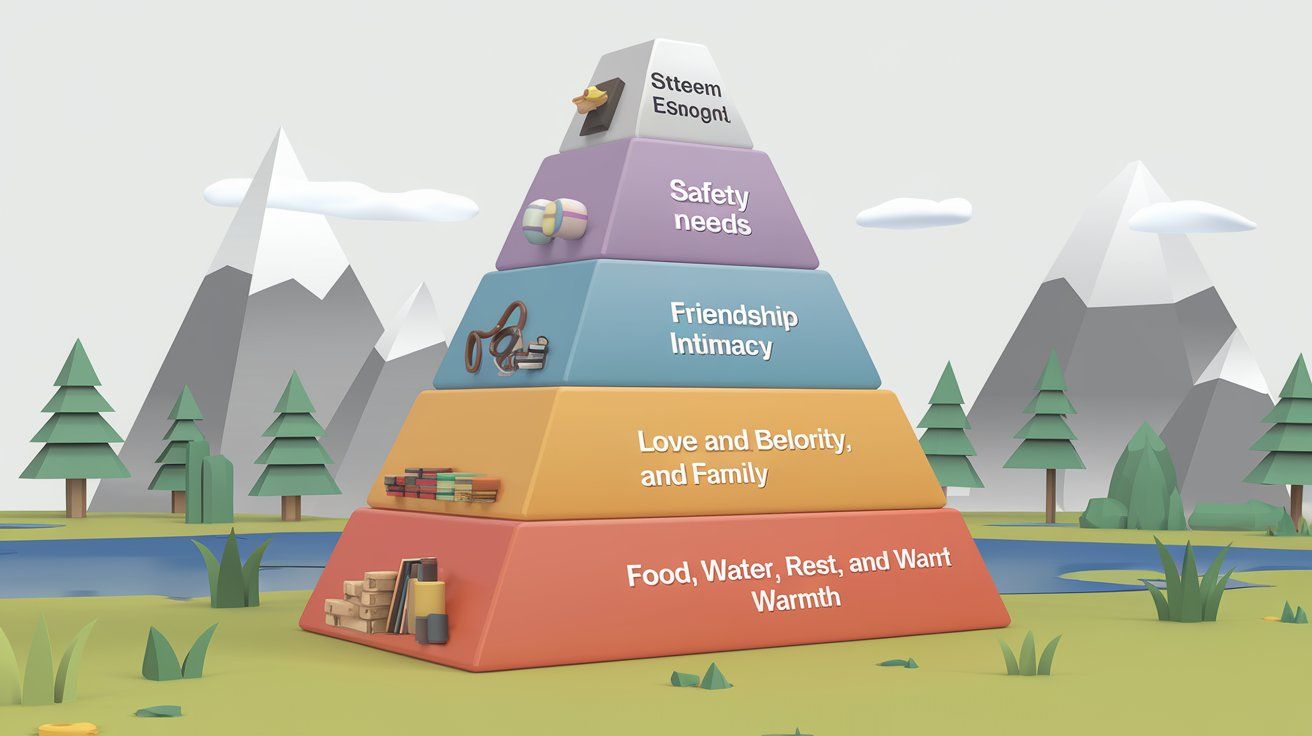
Maslow's Pyramid in Remote Work: Adapting Human Needs to the Home Office
Abraham Maslow's famous phrase, "What a man can be, he must be," takes on new dimensions in an era where remote work redefines our basic needs and aspirations. The Maslow pyramid, proposed in 1943, established a hierarchy of human needs that, although still fundamentally valid, deserves a reinterpretation in the context of the home office and the digitalization of relationships.
Physiological Needs in the Home Office
Starting at the base of the pyramid, physiological needs take on a new dimension. The home environment now needs to accommodate not only rest and food but also adequate ergonomic conditions for work. The separation between professional and personal space within the same environment has become a crucial challenge for physical and mental health.
Security in the Digital Context
At the second level, security takes on different contours. In addition to financial stability, there is a need for digital security, data protection, and maintaining a stable internet connection. Concerns about the continuity of remote work and adapting to new technologies have become an integral part of this level of the pyramid.
Social Needs and Virtual Interactions
The third level, related to social needs, is perhaps the most impacted by the new reality. In-person interactions in the workplace, once guaranteed, now need to be actively sought through digital platforms. The feeling of belonging to a team and developing meaningful professional relationships demand new strategies and communication skills.
Virtual Esteem and Professional Recognition
Esteem, the fourth level of the pyramid, has also transformed. Professional recognition needs to transcend the barriers of physical distance. How can one be noticed and valued when not physically present? Work visibility and demonstrating competence need to be reinvented in the virtual environment.
Self-Actualization in the Digital Age
Finally, self-actualization, the top of the pyramid, takes on particular characteristics in the context of remote work. The pursuit of personal and professional development needs to be more self-directed, requiring greater autonomy and discipline. The ability to balance different aspects of life under the same roof has become a new form of personal fulfillment.
"Life is a process of making choices one after the other." - Abraham Maslow
Maslow certainly could not have predicted how technology would transform work, but his principles remain surprisingly relevant. The difference is that now we need to adapt them to a context where the physical and digital intertwine in increasingly complex ways.
The hierarchy of needs in the context of remote work teaches us that well-being and professional fulfillment depend on a holistic approach that considers both basic and higher needs. The current challenge is not only to adapt the physical work environment but to create an ecosystem that allows the full flourishing of human potential, even when mediated by technology.
Thus, Maslow's pyramid continues to be a valuable tool for understanding and meeting human needs, but its application requires sensitivity to the new dynamics of remote work. As he himself would say, "What is needed is not to adapt people to organizations, but to adapt organizations to people"—a reflection that becomes even more pertinent when the organization extends into our homes.
- maslow
- remote_work
- home_office
- hierarchy_of_needs
- digital_security
- well_being
- self_directed
- personal_development
- technology
- virtual_communication